The other night, I ascended the staircase to the Deansgate-Castlefield tram stop in Manchester.
Three men stood round the top of it, so that anyone coming or going would have to pass between them.
It was mid-evening and quiet. There was no one else around as I approached. I braced myself, annoyed that I didn’t have my earphones in – my usual line of defence against heckles in the street.
I got to the top of the stairs. One of them said to me, quietly: “Hey.” The gentleness of his voice was disarming. This persuaded me to raise my eyes to meet his.
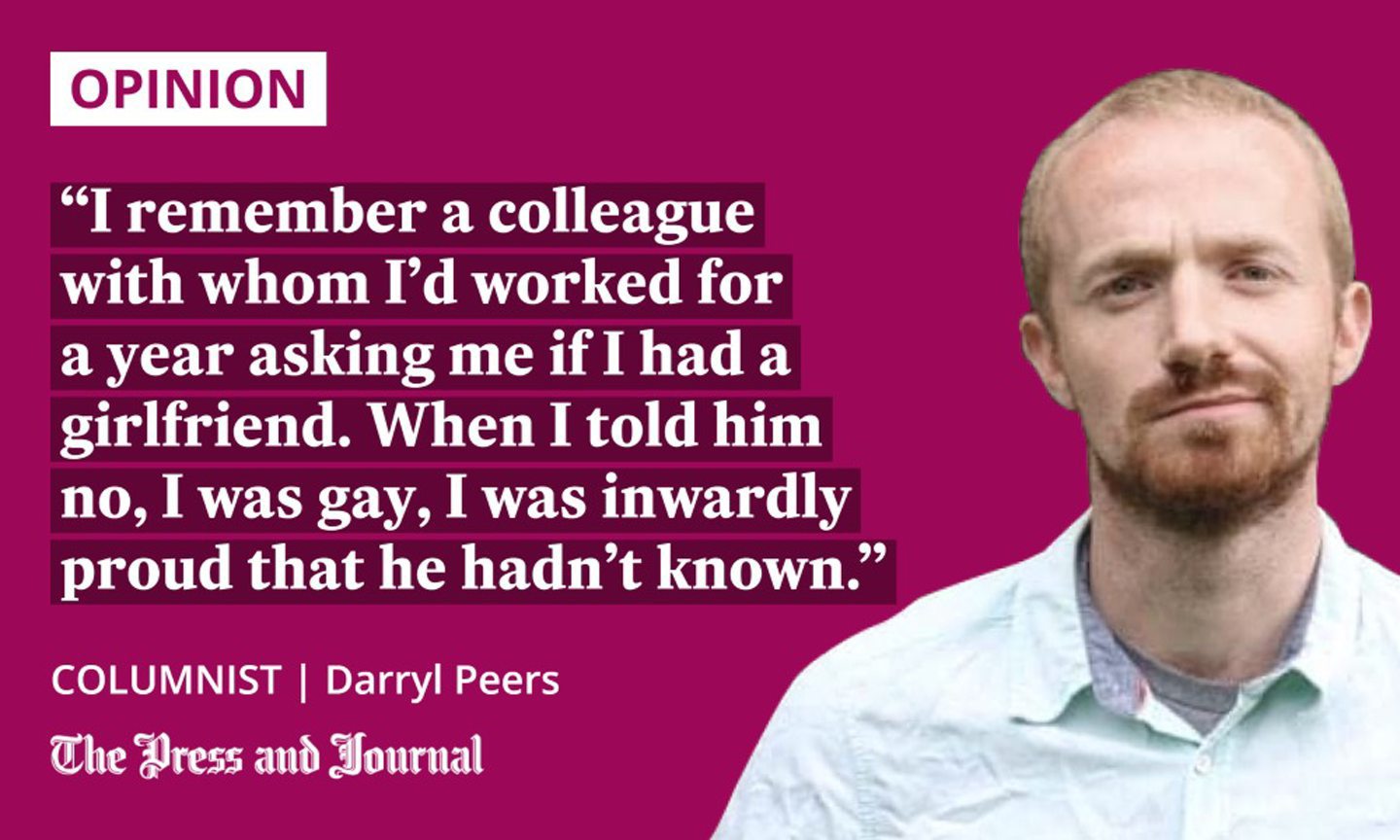
Eye contact established, he asked: “Want to bum?” He and his friends burst into mean-spirited laughter. The kind of laughter that tries to say you’re less than human.
My eyes hardened into a glare. I didn’t say anything. I knew if I said what I was thinking, I would be authorising them to escalate the situation.
I could hear the violence in their cackling. I sensed that assault was a possibility. I didn’t break my stride. I looked ahead and carried on walking towards the tram stop and the crowd of people waiting there.
The men continued to shout after me, but I tuned it out.
You can’t tell a person’s sexuality by looking at them
As I waited for the tram, I looked down at my outfit. I was wearing a vintage green shirt, many sizes too big, pink-tinted sunglasses hanging over the top button, neck chain glinting. I considered, again, my ear stud (which is, straight friends have told me, in the gay ear), my chino shorts, my pulled-up crew socks.
A supposedly gay-positive tweet I’d seen a couple of days before, which had annoyed me when I read it, came to mind. It suggested that if you saw a man wearing short shorts, trainers, and a floral shirt (mine wasn’t floral but it was covered in stars), you could tell he was gay.
I resent the idea that we can tell a person’s sexuality or gender identity by looking at them. Even if someone is perpetuating this concept with well-meaning intentions, all it does is limit the possibilities for legitimately and comfortably expressing ourselves.
‘You’re not like the others’
However, in the eyes of the men I passed at the tram stop, I was clearly queer at a glance. There is a time when this would have bothered me. When I was a teenager, newly inhabiting my queerness in Aberdeenshire, it was generally easier if I could pass as straight, particularly as I moved in the football world.
Even after I moved away for work, I remember a colleague with whom I’d worked for a year asking me if I had a girlfriend. When I told him no, I was gay, I was inwardly proud that he hadn’t known. I thought this proved that I didn’t let my sexuality define me.
Straight friends, then and since, would regularly “compliment” me by saying things like this: “You’re not like the others. You’re just yourself.”
Fortunately, I’ve done the growth to realise that this is nothing to feel proud about. I know now that part of why I presented myself to the world in the way that I did was because I wanted to be palatable to a straight audience. This affected a number of things, from the way I dressed to the topics of conversation I was willing to speak about openly.
The incident at the tram stop is a reminder of why I was happy when I thought it was within my power to conceal or reveal my sexuality. This accorded me safety. Safety from the risk of being stigmatised, discriminated against, abused, and subjected to violence.
Be proud of who you are
Many young queer people have to consider how to mitigate these awful potentialities, how to survive when some might prefer they didn’t. In adolescence, I did not have the wisdom or perspective to make these choices, but I made them nonetheless.
It would be better if random men accosting you in the street was not a risk I or any queer person had to consider. But we can’t control this.
These random men haven’t got my pity or spite, but I understand that the feelings which motivated their behaviour are not likely to be about me
What I can control is whether the incident intimidates me into reverting to a straighter version of myself. These days, I couldn’t do that if I tried. I’m as queer as I’ve ever been, by which I mean I’ve got more love to give, to myself and others, than I’ve ever had.
These random men haven’t got my pity or spite, but I understand that the feelings which motivated their behaviour are not likely to be about me. Nonetheless, I hope that they will soon take responsibility for them and challenge themselves to do better. It isn’t good enough to simply pass the hurt on.
Darryl Peers is a writer from the north-east of Scotland
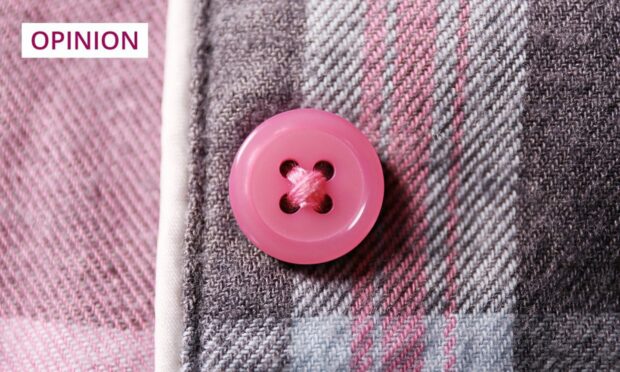
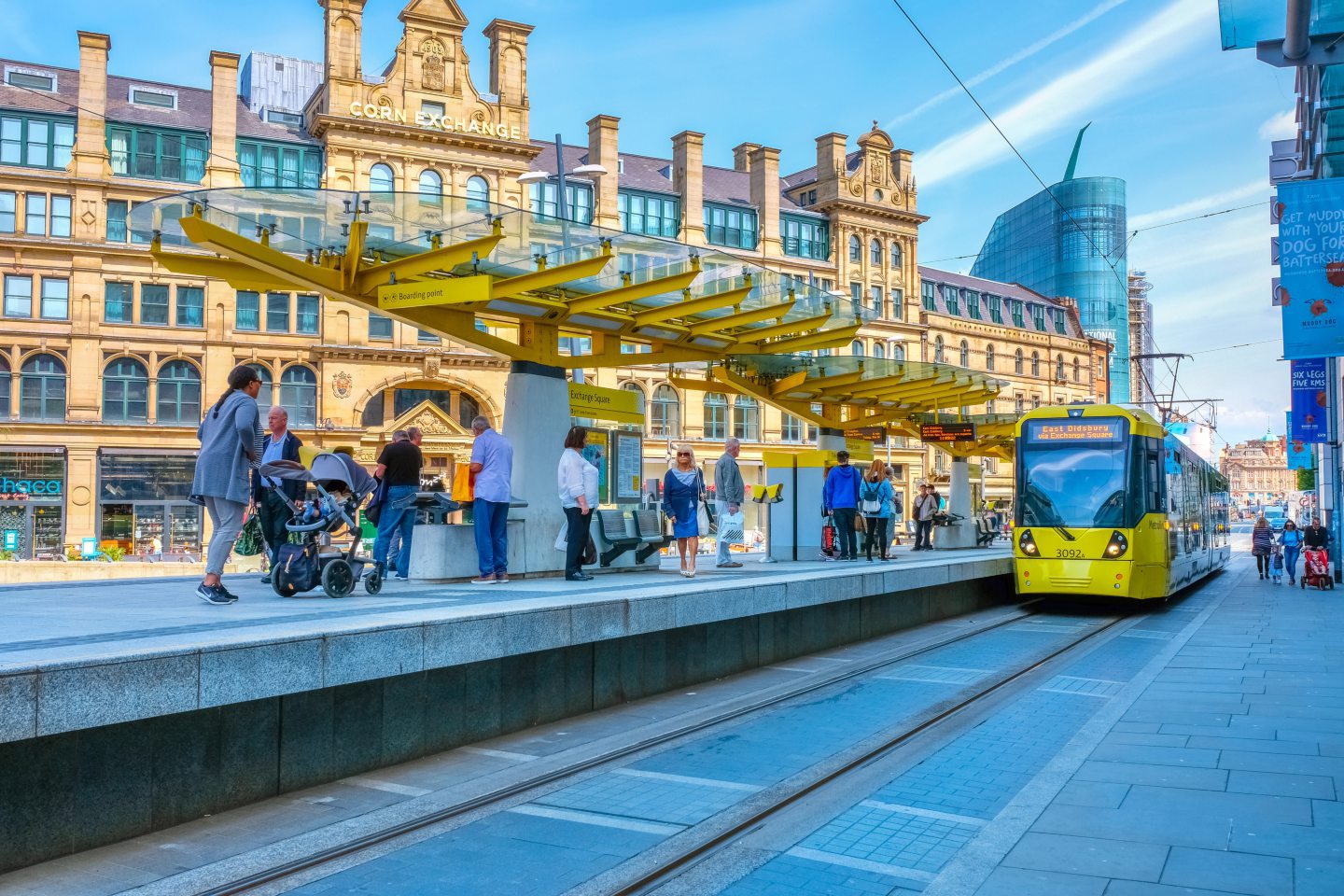
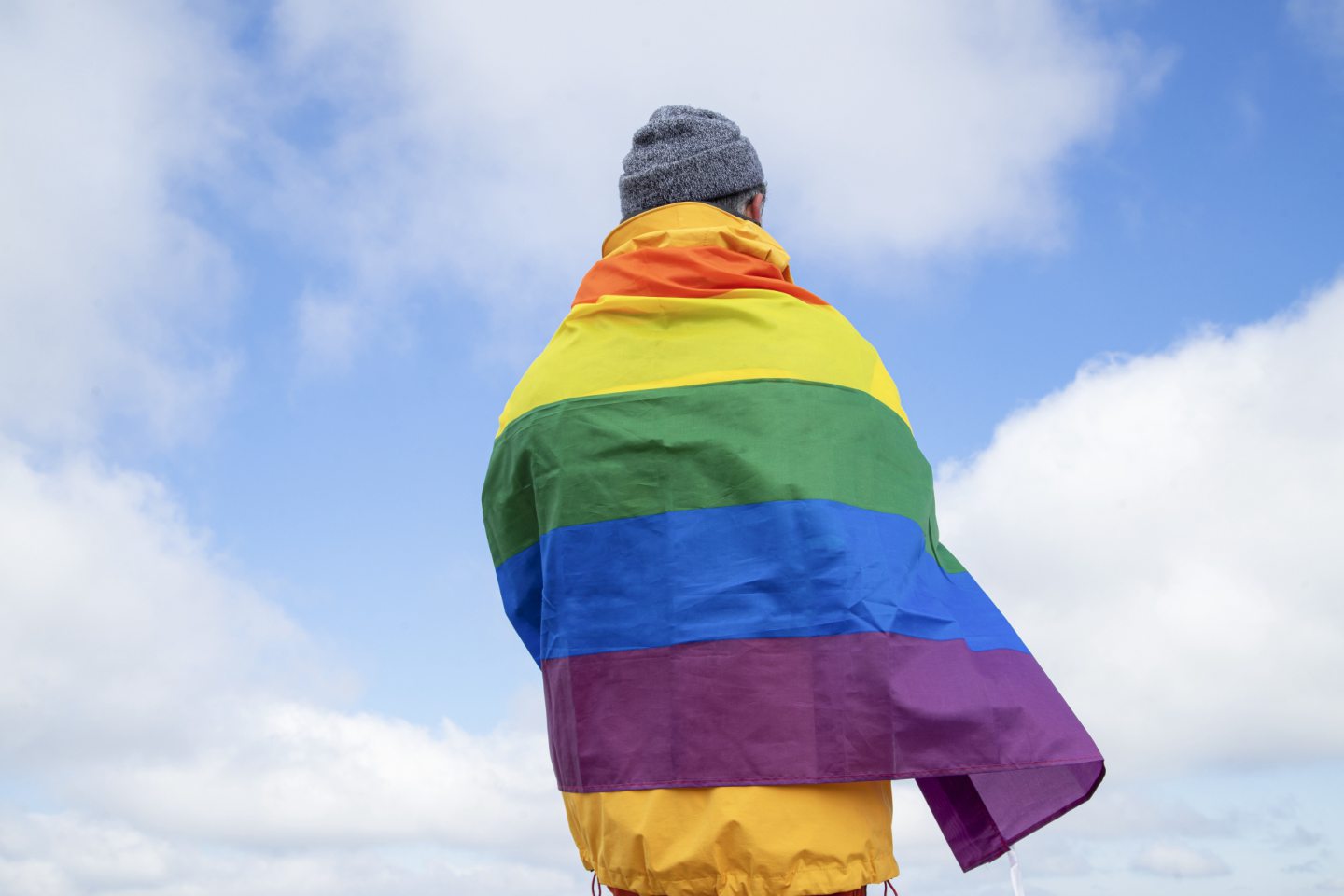
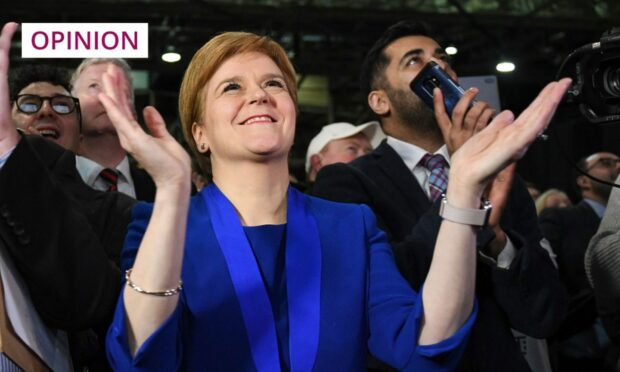

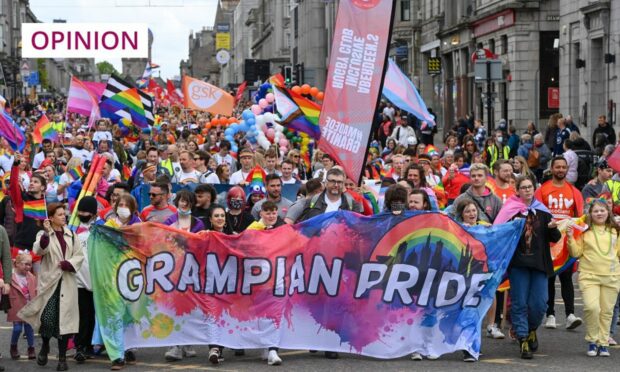
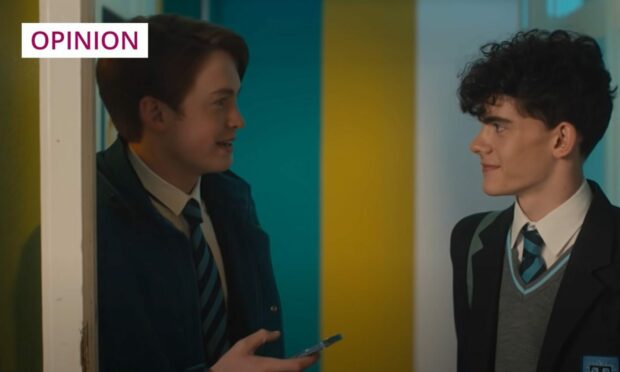
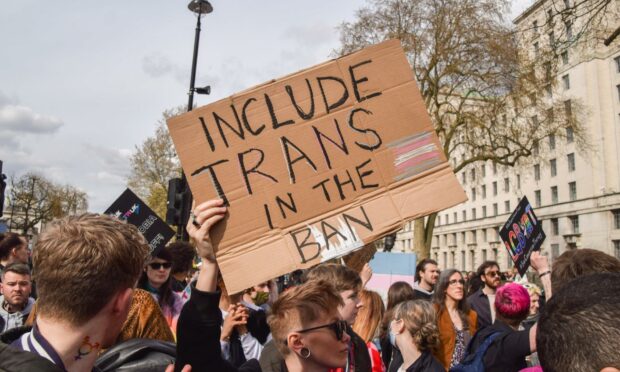
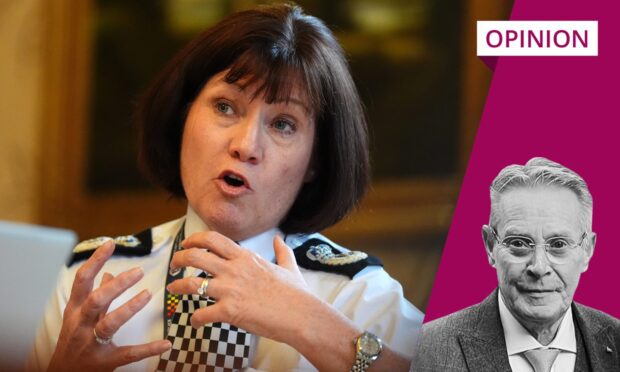
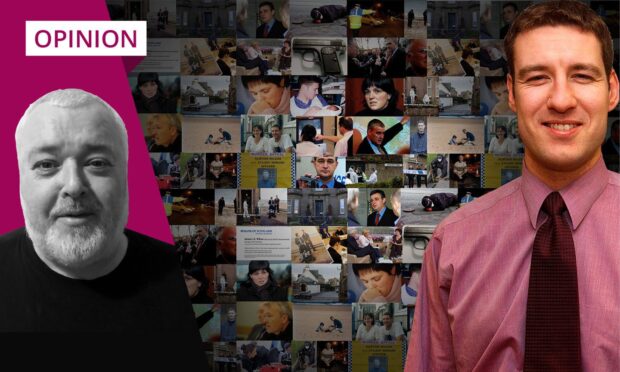

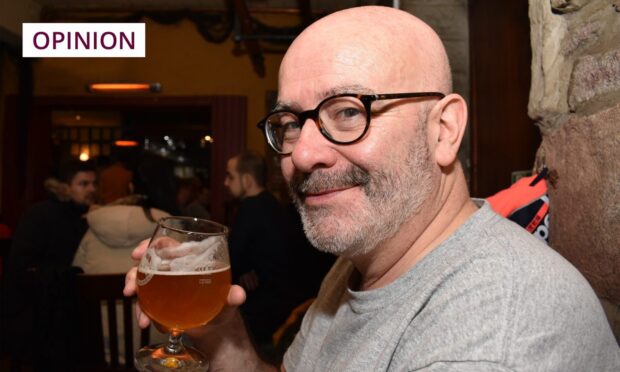
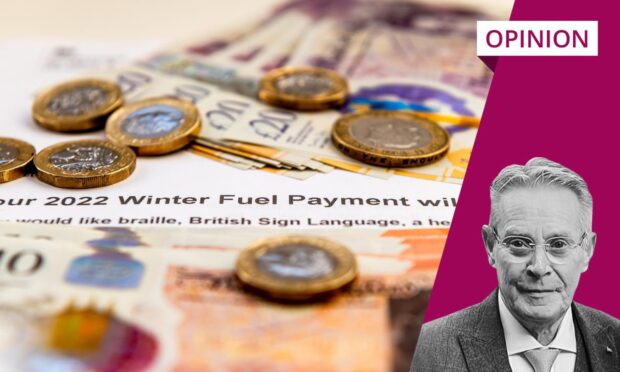
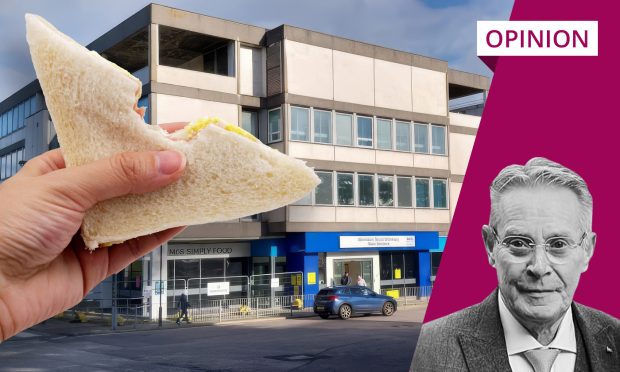

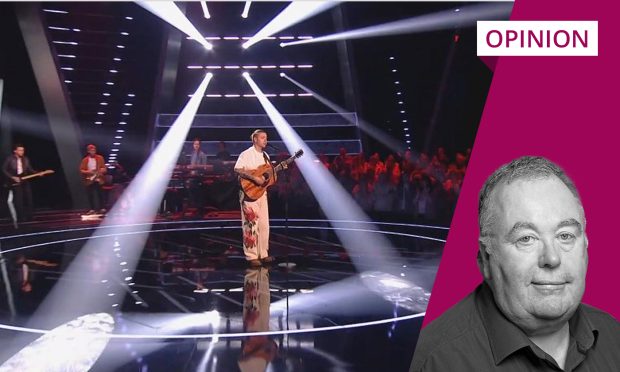
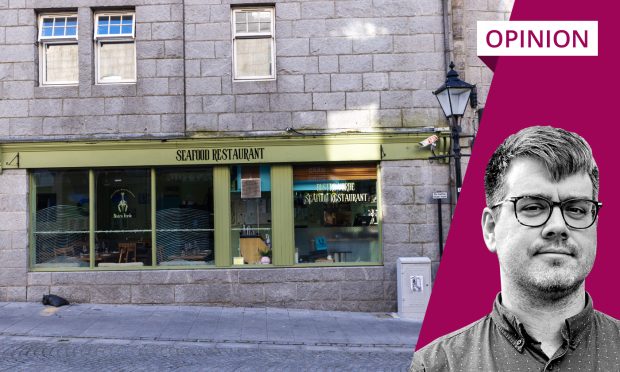
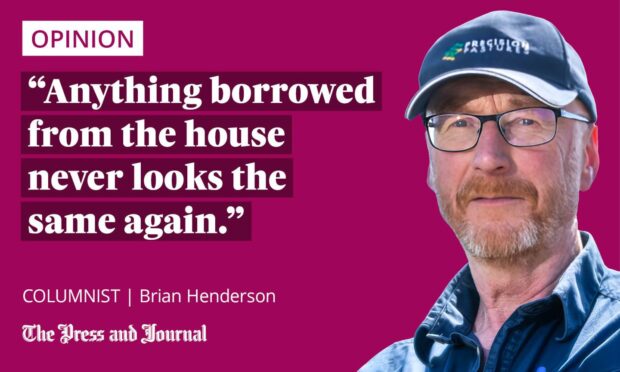
Conversation